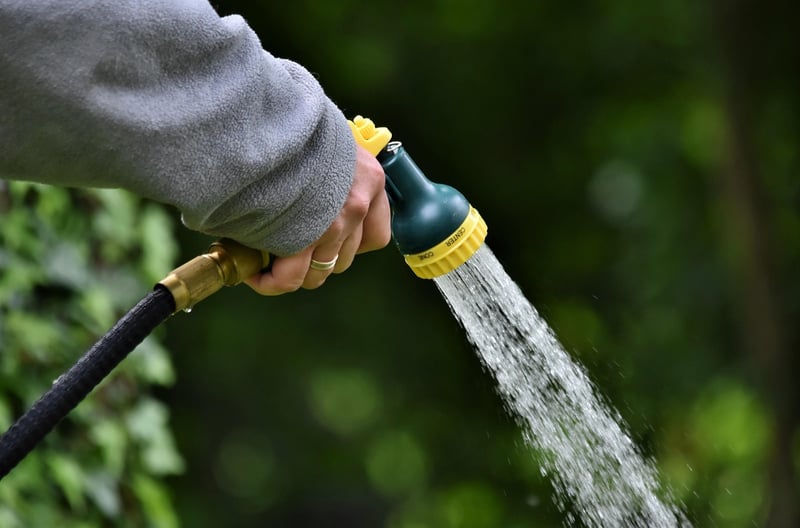Sunlight requirements
Essential Care Practices for Healthy Plants
Introduction
Keeping your plants healthy and thriving involves a combination of proper care practices. By understanding the essential needs of your plants, you can create an environment that promotes growth and vitality. Here are some key care practices to ensure your plants stay healthy.
1. Watering
Watering is crucial for plant health. Different plants have varying water needs, so it's essential to research and understand the specific requirements of each plant you own. Overwatering can lead to root rot, while underwatering can cause wilting and stunted growth. Check the soil moisture regularly and water accordingly.
2. Soil Quality
The quality of the soil directly impacts plant growth. Use well-draining soil that provides adequate aeration for the roots. Consider adding organic matter or fertilizers to enrich the soil and provide essential nutrients for your plants.
3. Light Exposure
Light is an essential element for plant growth as it fuels the process of photosynthesis. Different plants have varying light requirements, so it's important to place your plants in suitable locations based on their needs. Some plants thrive in bright, direct sunlight, while others prefer indirect or low light conditions.
Sunlight Requirements for Plants
1. Full Sun Plants
Plants that thrive in full sun require at least 6-8 hours of direct sunlight per day. Examples of full sun plants include tomatoes, peppers, and roses. Ensure these plants receive ample sunlight to promote healthy growth and flowering.
2. Partial Sun/Partial Shade Plants
Plants that prefer partial sun or partial shade thrive in 4-6 hours of sunlight per day. Examples include hostas, ferns, and begonias. These plants benefit from some direct sunlight balanced with shade to prevent leaf burn.
3. Low Light Plants
Plants that thrive in low light conditions can survive with minimal sunlight exposure. Examples of low light plants include snake plants, pothos, and peace lilies. These plants are suitable for indoor spaces with limited natural light.
Conclusion
By following these essential care practices and understanding the sunlight requirements of your plants, you can create an optimal environment for healthy growth. Remember to adapt your care routine based on the specific needs of each plant to ensure they flourish and thrive.


